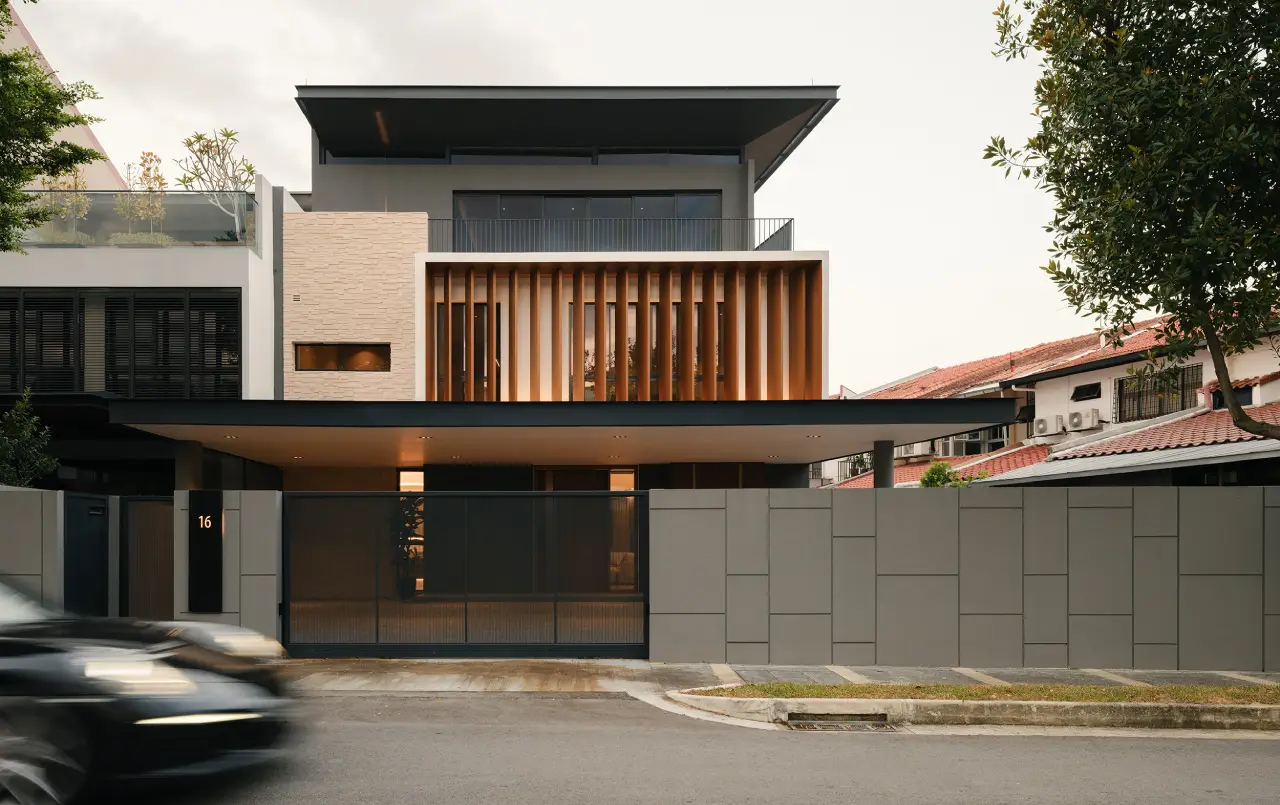
Introduction
In recent years, the concept of Zero Energy Buildings (ZEB) has gained substantial traction globally. These buildings, characterized by their ability to generate as much energy as they consume, represent a significant leap toward sustainable living. Singapore, with its unique urban landscape and climate challenges, stands at the forefront of adopting such innovative solutions. The relevance of Zero Energy Buildings in Singapore is underscored by the government’s robust commitment to green building practices and sustainability. For both property owners and architects, understanding the nuances of ZEBs is crucial for future-proofing investments and enhancing the quality of life.
Definition and Key Features
Zero Energy Buildings are designed to minimize energy consumption and harness renewable energy sources to produce enough energy to meet their needs over a year. The primary components include:
Technology and Innovations
Technological advancements play a pivotal role in the evolution of ZEBs. Key innovations include:
Government Policies and Initiatives
Singapore has implemented several policies to promote sustainable building practices:
Case Studies of implementing Zero Energy Principles and Concepts
Here we showcase the feasibility and benefits of using Zero Energy Concepts in residential projects:
These projects highlight efficient use of resources, innovative design solutions, and a harmonious balance with the natural environment.
Long-term Cost Savings
One of the most substantial benefits is the reduction in energy bills. By generating their energy, ZEBs offer:
Enhanced Property Value
Sustainable buildings attract higher market demand and potentially increase property value:
Testimonials and Experiences
Real-life experiences of property owners who transitioned to ZEBs illustrate both challenges and rewards:
Impact on Lifestyle and Comfort
ZEBs offer enhanced indoor air quality and thermal comfort:
Architectural Challenges and Solutions
Architects play a vital role in designing and implementing ZEBs:
Role of Architects in Promoting ZEB
Collaboration and innovation are key:
Future Trends and Innovations
The future of ZEBs includes emerging trends and technologies:
Step-by-Step Guide for Property Owners
Transitioning to a Zero Energy Building involves careful planning and execution:
Financial Considerations
Understanding the financial landscape is essential:
Conclusion
Zero Energy Buildings represent the future of sustainable living, especially in a forward-thinking nation like Singapore. By investing in ZEBs, property owners can enjoy long-term cost savings, enhanced property value, and a commitment to environmental stewardship. For architects, the challenge and opportunity lie in innovating and adapting to create buildings that are both functional and aesthetically pleasing. As a property owner, if you’re considering making this transformative change, contact ADX Architects today for a quick discussion. Visit ADX Architects to learn more about how we can help you transition your property to a Zero Energy Building and contribute to a sustainable future. Let’s design a greener tomorrow together.